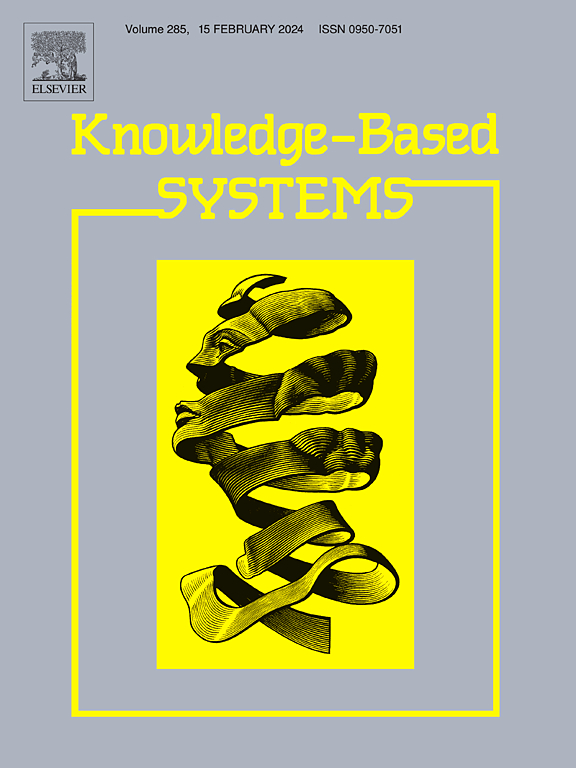OptNet: Optimization-inspired network beyond deep unfolding for structural artifact reduction
IF 7.2
1区 计算机科学
Q1 COMPUTER SCIENCE, ARTIFICIAL INTELLIGENCE
引用次数: 0
Abstract
Structural artifact reduction (SAR), such as metal artifact reduction (MAR) in computed tomography (CT) images and single image deraining (SID), aims to remove the artifacts with repeated structural patterns from the corrupted images. Recently, deep unfolding networks, also known as model-driven networks, have achieved remarkable performance, but they typically require multiple proximity sub-networks to replace the corresponding proximal operators for multivariable updates, increasing the number of learnable parameters. Moreover, existing SAR methods ignore advanced priors, such as textual priors, leaving room for further recovery performance improvement. To address these limitations, we rethink the deep unfolding framework and propose a universal optimization-inspired network architecture, termed OptNet, which introduces a novel multi-channel network design to reduce learnable parameter count while enhancing performance via incorporating textual priors. Concretely, we design the so-called OptNet with contrastive loss to perform multivariable updates, replacing multiple proximity sub-networks typically in iterative optimization algorithms with a multi-channel sub-network, thus reducing the learnable parameter count. OptNet is flexible and can incorporate any advanced priors. Specially, we integrate a pre-trained contrastive language-image pretraining (CLIP) model into an elaborated information fusion module (IFM) to incorporate textual priors, enabling multimodal information interaction that guides more accurate structural artifact reduction, enhancing generalizability across various degradation levels. Extensive experiments demonstrate that OptNet outperforms existing methods, achieving improvements of up to 0.25 dB on MAR and 0.6 dB on SID tasks, while surpassing its deep unfolding variant with a 1.33 dB gain on MAR and reducing parameters by approximately 50%.
求助全文
约1分钟内获得全文
求助全文
来源期刊

Knowledge-Based Systems
工程技术-计算机:人工智能
CiteScore
14.80
自引率
12.50%
发文量
1245
审稿时长
7.8 months
期刊介绍:
Knowledge-Based Systems, an international and interdisciplinary journal in artificial intelligence, publishes original, innovative, and creative research results in the field. It focuses on knowledge-based and other artificial intelligence techniques-based systems. The journal aims to support human prediction and decision-making through data science and computation techniques, provide a balanced coverage of theory and practical study, and encourage the development and implementation of knowledge-based intelligence models, methods, systems, and software tools. Applications in business, government, education, engineering, and healthcare are emphasized.
 求助内容:
求助内容: 应助结果提醒方式:
应助结果提醒方式:


